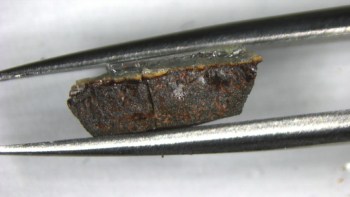Thermoelectric refrigerators rely on compounds that are able to convert electricity into heat, and vice versa. In 1997, researchers in Japan discovered a new thermoelectric material with a cooling capacity nearly ten times larger than that of ordinary metals. Now, Phaun Ong at Princeton University and colleagues have shown that electron spin and electron-electron interactions are responsible for the high thermopower in this material. The result could help in the search for better thermoelectric materials (Y Wang et al. 2003 Nature 423 425).

The thermoelectric effect relies on the fact that the flow of electrons in a solid produces an entropy current as well as a charge current. The spin of the electrons could also be a source of entropy, although this does not happen in ordinary metals and semiconductors. However, in certain complex materials – such as the layered sodium cobalt oxide material discovered by the Japanese group – the spin might be important.
To prove that spin entropy effects are responsible for the enhanced thermopower of this cobalt oxide, the Princeton team applied a magnetic field in the plane of the material. “We observed that a magnetic field of 10 Tesla suppresses the thermopower completely to zero at temperatures below 4 K,” Ong told PhysicsWeb. This suppression occurs because the magnetic field couples to the spins and traps them in one direction so they can no longer move. “This finding is exceptional because it is rare to see a field alter the magnitude of the thermopower, let alone suppress it to zero.”
The results agree with theory and hold true for a wide range of temperatures. At 2 K the spin entropy term accounts for almost all of the thermopower, and for about two-thirds of it at 300 K.



